General Info – summary
This rare species is a rough barked, monoecious, evergreen Tree up to 8m high. The crown may spread to 7m wide. The pinnately compound Leaves are up to 6m long. Long leaflets have no prickles and are lanceolate & entire. Lowermost leaves are not reduced to prickles. Regular, separate male & female Flowers are in panicles. Edible Fruit is a small drupe, resembles a tiny coconut and has a single seed.
Description
Jubaeopsis cafra
Previous Names: Nil.
SA Tree No. 27.
Common names: (Afr) Palmboom, Pondo-kokospalm, Pondopalm, Pondo-palm, Rivierpalm, Rivierpalmboom. (Eng) Dwarf Palm, Dwarf Pondoland Palm, Mkambati Palm, Pondo Coconut, Pondo Palm, Pondo-palm, Pondoland Coconut. (isiXhosa) Ikomba, Inkomba.
Family: Arecaceae, Palmae (Palm family). There are about 180 genera and in excess of 2 500 species in these monocotyledonous plants. The usually unbranched Trunk is covered with persistent leaf bases or with transverse scars. The tree is evergreen and mature Leaves are pinnately or palmately compound. They occur at the apex of the trunk. The Petiole or rachis is often armed with prickles. The Flowers are in a spadix (a thick fleshy spike inflorescence) surrounded by a spathe (a leaf-like curved bract). They are small and usually unisexual with male flowers in the upper part of the spadix. The 3 sepals and 3 petals are free or fused below. Male flowers usually have 6 stamens. Female flowers may have staminodes present and are usually 3-locular with 1 ovule in each. Fruit is a berry or a drupe with up to 3 seeds. In southern Africa, there are 5 genera and 6 species. Genera on this website include Jubaeopsis, Phoenix, and Raphia.
Name derivation: Jubaeopsis – resembles its Chilean relative (Jubaea chilensis). caffra – from the south-eastern Africa. The species caffra is the only one in the genus Jubaeopsis.
Conservation Status: Endangered. 2007 (P.J.H. Hurter, L. von Staden, J.E. Victor and A.E. van Wyk). This is due to limited distribution and small population size. However, the number of mature plants is not declining. Fruit is harvested for food. There may now be more trees growing in California than in South Africa.
Tree
This plant is multi-stemmed from the base (photo 985). The Tree usually has a distinctive stem and may reach 8m high but is usually closer to 5m. It is fibrous, suckering and ringed with faint leaf scars (photo 808). The stem may be erect, branching or reclining. Although the Bark is rough, it does not peel off (photo 808). The Crown has a maximum spread of about 7m.
- 985 2017.11.14 Pretoria NBG. Photo: David Becking
- 808 2018.02.12 Pretoria NBG. Photo: David Becking.
Leaves
This is an evergreen plant. From a distance, the bright leaves appear blue green whereas close up they are a brighter green. The spineless Leaves are up to 6m long. They are pinnately compound (feather-formed; with the leaflets of a compound leaf placed on either side of the leaf rachis). The lowermost Leaflets (photo 745) are long, soft and not reduced to prickles as in Phoenix reclinata. Upper leaflets are shortened. Each leaflet is lanceolate and entire (with a continuous margin, not in any way indented – photo 745). The Petiole (leaf stalk) is yellow (photo 989) and up to 0,6m long.
- 745 2014.09.16 Lowveld NBG. Photo: David Becking.
- 989 2017.11.14 Pretoria NBG. Photo: David Becking.
Flowers
This plant is Monoecious (having both male and female reproductive organs on the same plant) and flowers are unisexual. Inflorescences are in axillary Panicles (indeterminate, branched inflorescence with stalked flowers). Individual Flowers are small – up to 1cm in diameter and actinomorphic (Regular, symmetrical. Flowers are vertically divisible into similar halves by more than 1 plane passing through the axis). The Rachis (here the elongated axis of an inflorescence) is zigzagged and twisted between the alternating unisexual flowers. Male Flowers are on upper flattened branches of rachis. They are sessile and bracteate. The 3 Sepals are free, small, triangular and imbricate (having regularly arranged, overlapping edges). There are 3 free Petals that are ovate, acute, concave, coriaceous and much larger than sepals. The 8-16 Stamens are shorter than the petals. The Filaments are terete (circular in cross-section) and the Anthers are dorsifixed and bifid (divided into two equal lobes or parts by a median cleft). Here the Ovary is vestigial (imperfectly developed). Female Flowers are ovoid and the Sepals and Petals broadly imbricate, and concave. Staminodes (sterile stamens) are present. They are rudimentary and annular (here forming a ring). The 2 or 3-locular Ovary is ovoid with a single Ovule in each locule.
Fruit
The Fruit are tiny (up to 4cm wide); end in a sharp point and are almost spherical. They hang down from branches. Each resembles a much larger coconut. In Jubaeopsis caffra each ripe fruit is orange, smooth, leathery and classified as a Drupe (a fleshy, 1-seeded indehiscent fruit with the seed enclosed in a hard stony endocarp; stone fruit e.g., peach). Each drupe takes a year to mature. This plant is polycarpic (it is capable of producing flowers and fruit several times in succession) and this helps distinguish it from Raphia. Due to abortion, each drupe only produces a single spherical Seed. The remainder of the ovules abort. The dark brown seed is contained within a fibrous coat with a conspicuous cavity. The oily seeds are less dense than water and, if they land in water, dispersal can occur. (Nov-Feb).
Distribution & Ecology
This endangered and protected tree is a South African Endemic (restricted to a particular geographic location). It is only located in Pondoland in the Eastern Cape just to the south of Kwa-Zulu Natal, roughly between Port St Johns and Port Edward. Here it occurs up to 5km from the sea along the northern banks of the Msikaba and Mtentu rivers. These trees are found in association with sandstone formations that are close to the sea. Unlike the palm Raphia australis, this plant does not die after setting fruit. Baboons and birds consume the Fruit. The rare and attractive red-flowered Dermatobotrys saundersii in the family Scrophulariaceae is epiphytic on this and other plants. It is similar to Halleria lucida – (which is not epiphytic) and both are in the Stilbaceae family.
Ethnobotany
The fruit is edible. The contents are similar to coconuts – having white, firm flesh and a small quantity of milk. Local people and children consume them. The plant is slow growing. Germination rate is low and may be improved by covering the seeds with moist Sphagnum sp. (water storing moss). Plant in full sun. Plants produce suckers that can also be utilised for propagation. This tree has been successively planted in California where the trees tolerate temperatures down to minus 7 degrees C. There are currently more growing in the USA than in South Africa.
References
Boon, R. 2010. Pooley’s Trees of eastern South Africa. Flora and Fauna Publications Trust, Durban.
Coates Palgrave, M. 2002. Keith Coates Palgrave Trees of Southern Africa, edn 3. Struik, Cape Town.
Hurter, P.J.H., von Staden, L., Victor, J.E. & van Wyk, A.E. 2007. Jubaeopsis caffra Becc. National Assessment: Red List of South African Plants version 2020.1. Accessed on 2023/07/30.
Lawrence, G. H. M, 1951. Taxonomy of Vascular Plants. The Macmillan Company, New York. Tenth Printing 1965.
Palmer, E. & Pitman, N. 1972. Trees of southern Africa. Balkema, Amsterdam, Cape Town.
van Wyk, B. & van Wyk, P. 1997 Field guide to Trees of Southern Africa. Struik, Cape Town.
http://www.plantzafrica.com/planthij/jubcaffra.htm
http://www.pacsoa.org.au/w/index.php?title=Jubaeopsis_caffra
http://palmsnc.org/pages/palm_detail.php?id=107
http://en.hortipedia.com/wiki/Jubaeopsis_caffra
http://posa.sanbi.org/flora/browse.php?src=SP

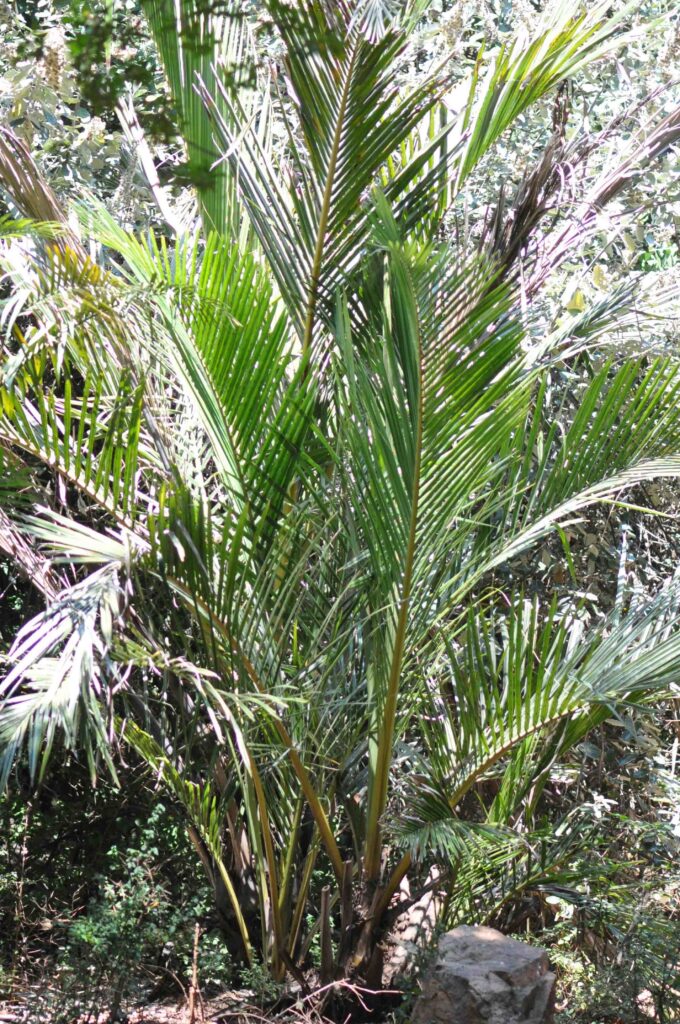
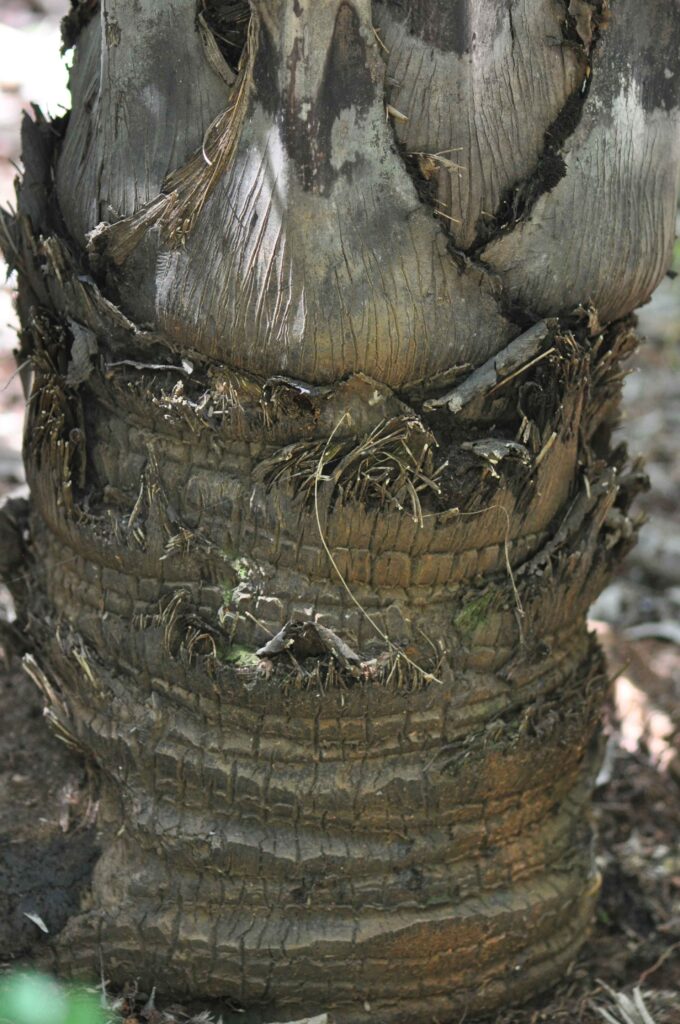
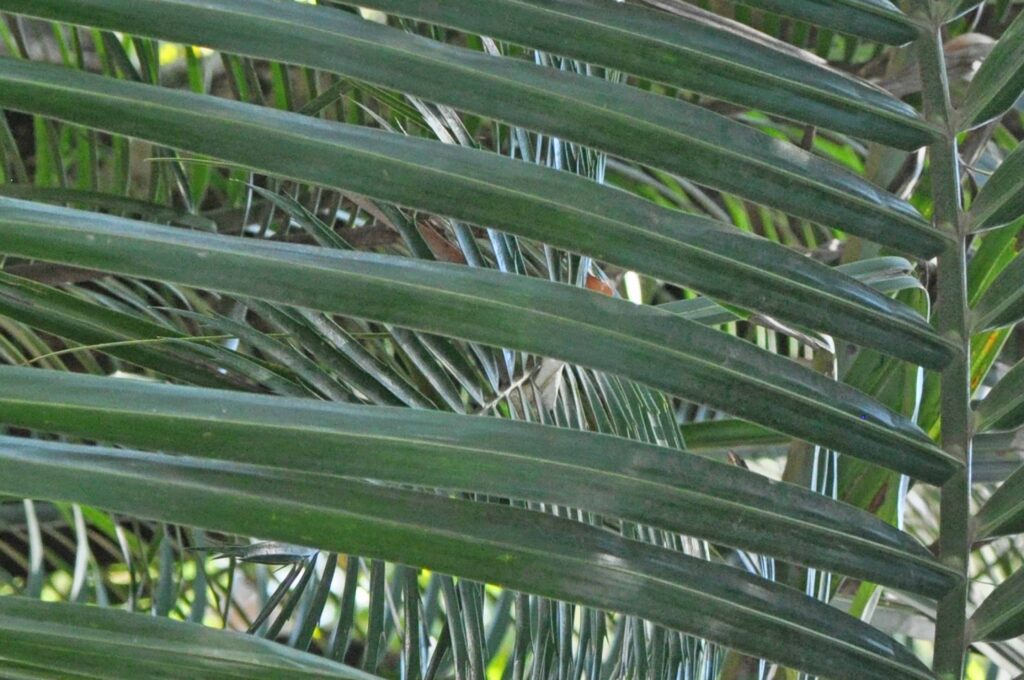
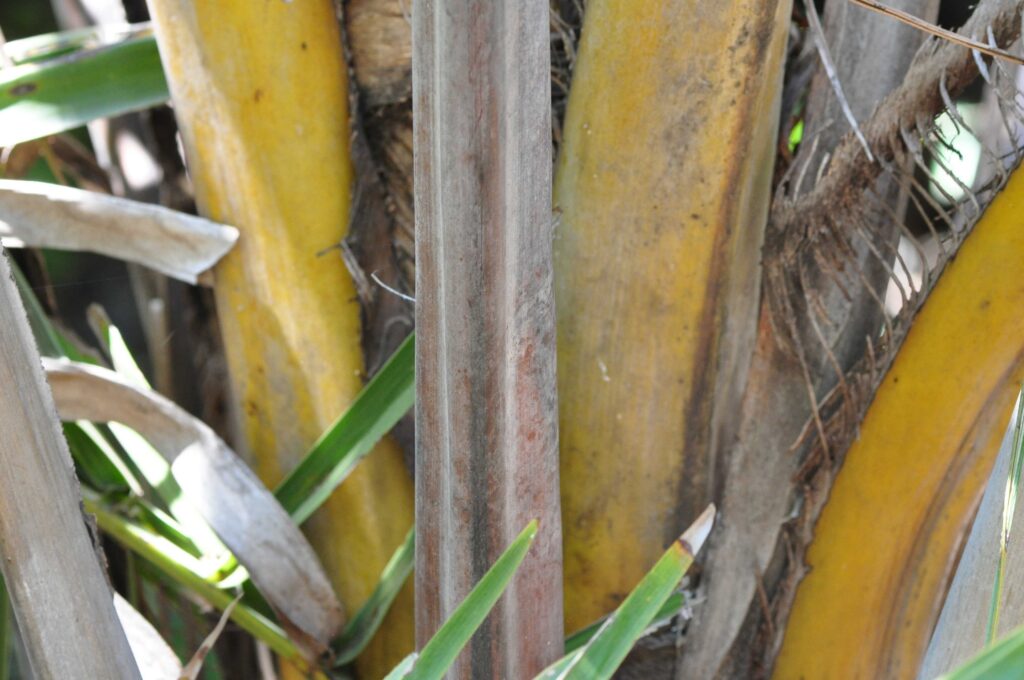
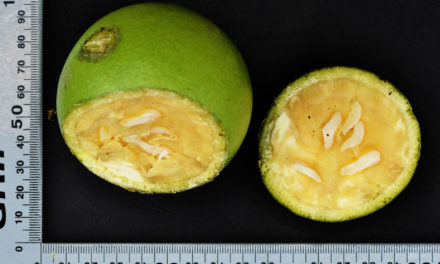
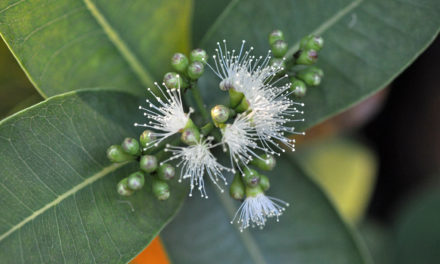
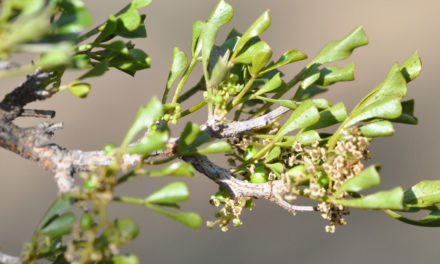
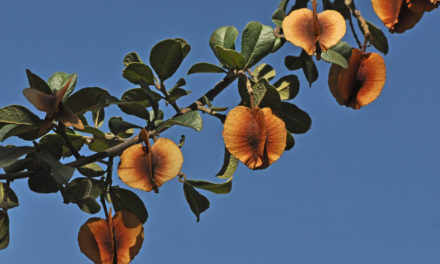
very cool article I stay in Port Elizabeth South Africa And we have some that are in a park called St Georges park. They are easy 8 meters tall if not taller. Truly beautiful palm
Thank you. I hope to see them soon.
Take care
David Becking